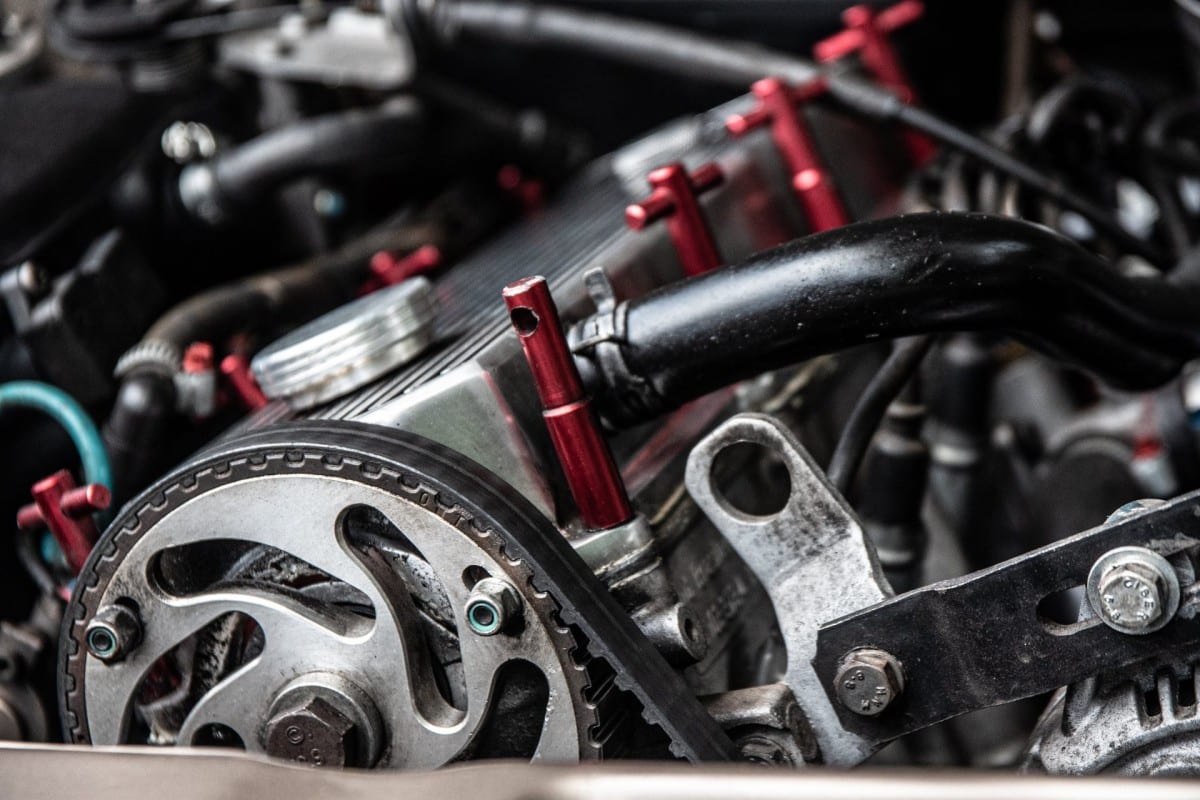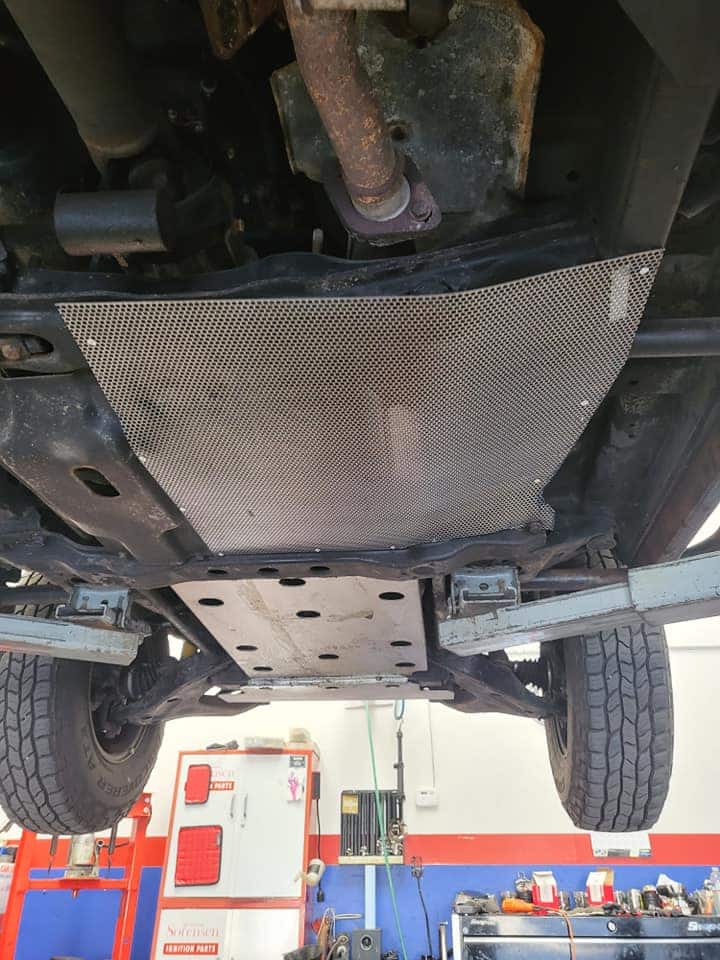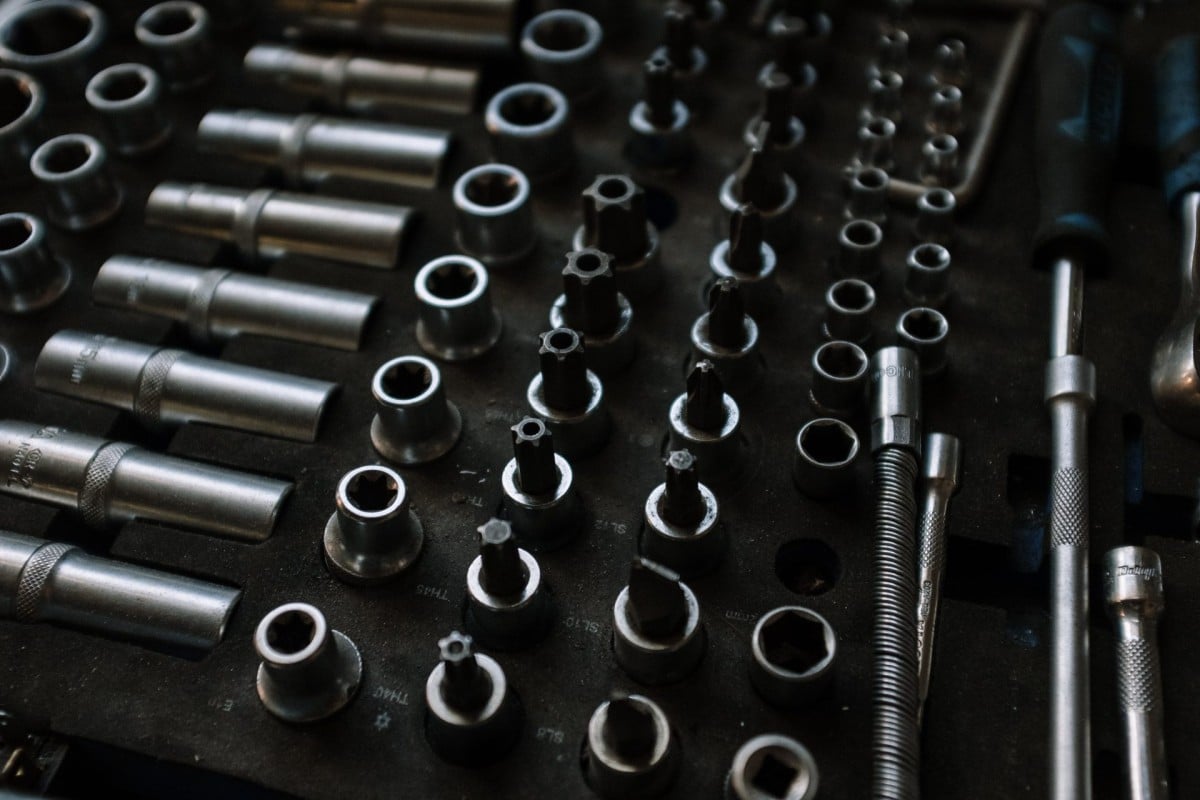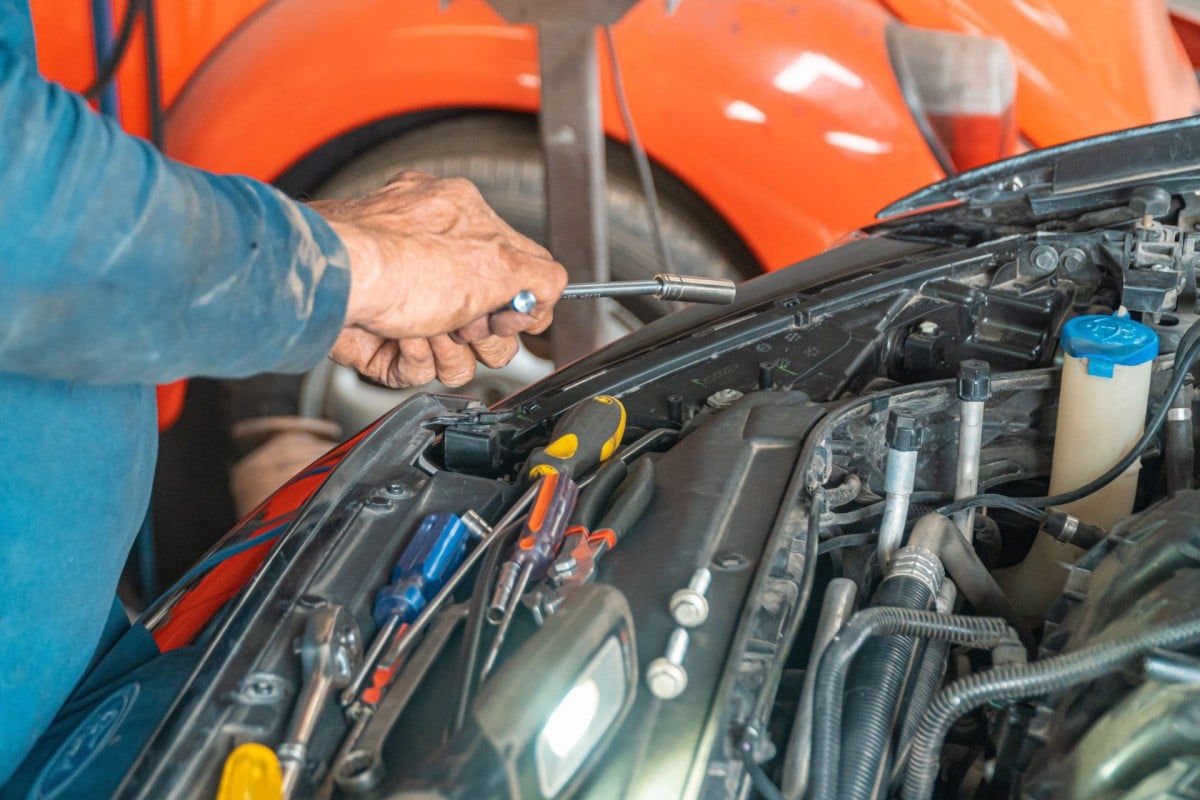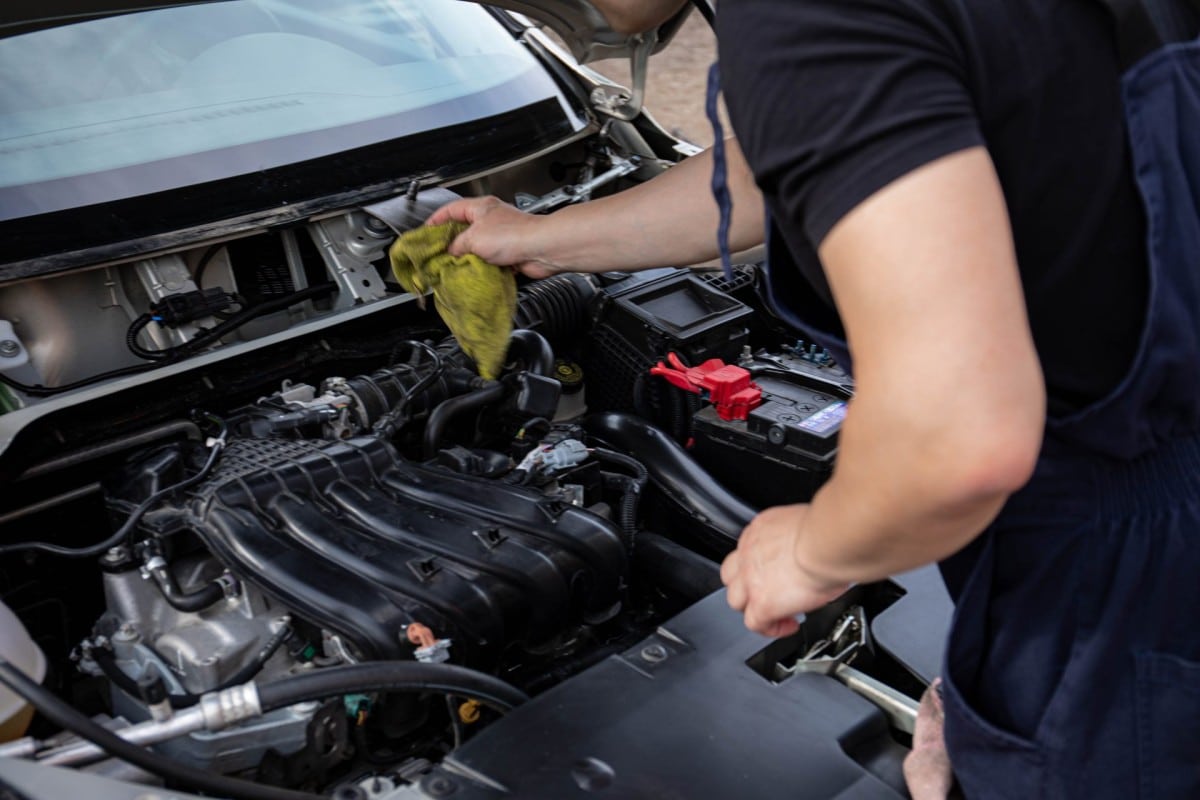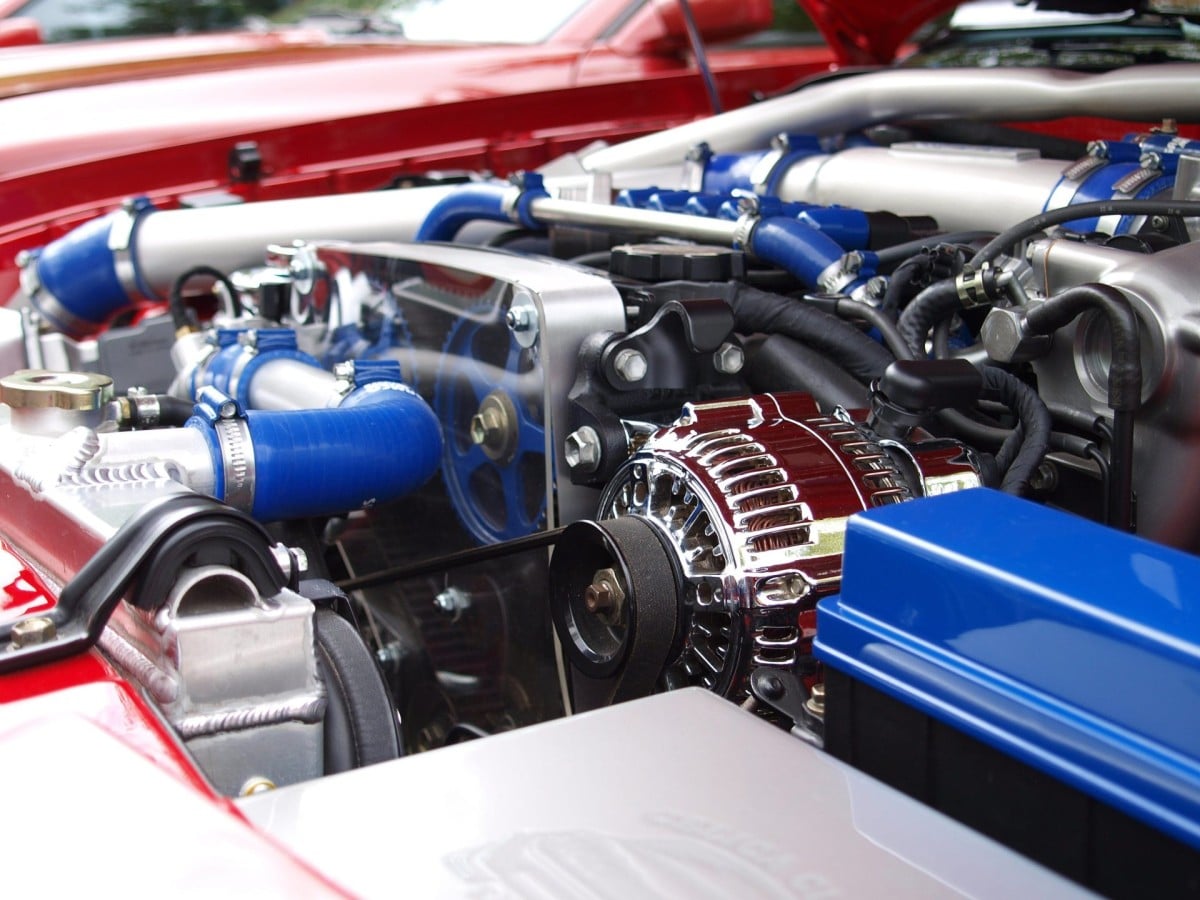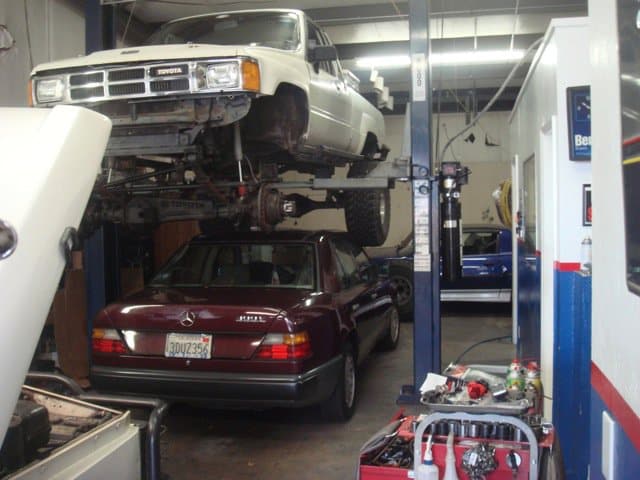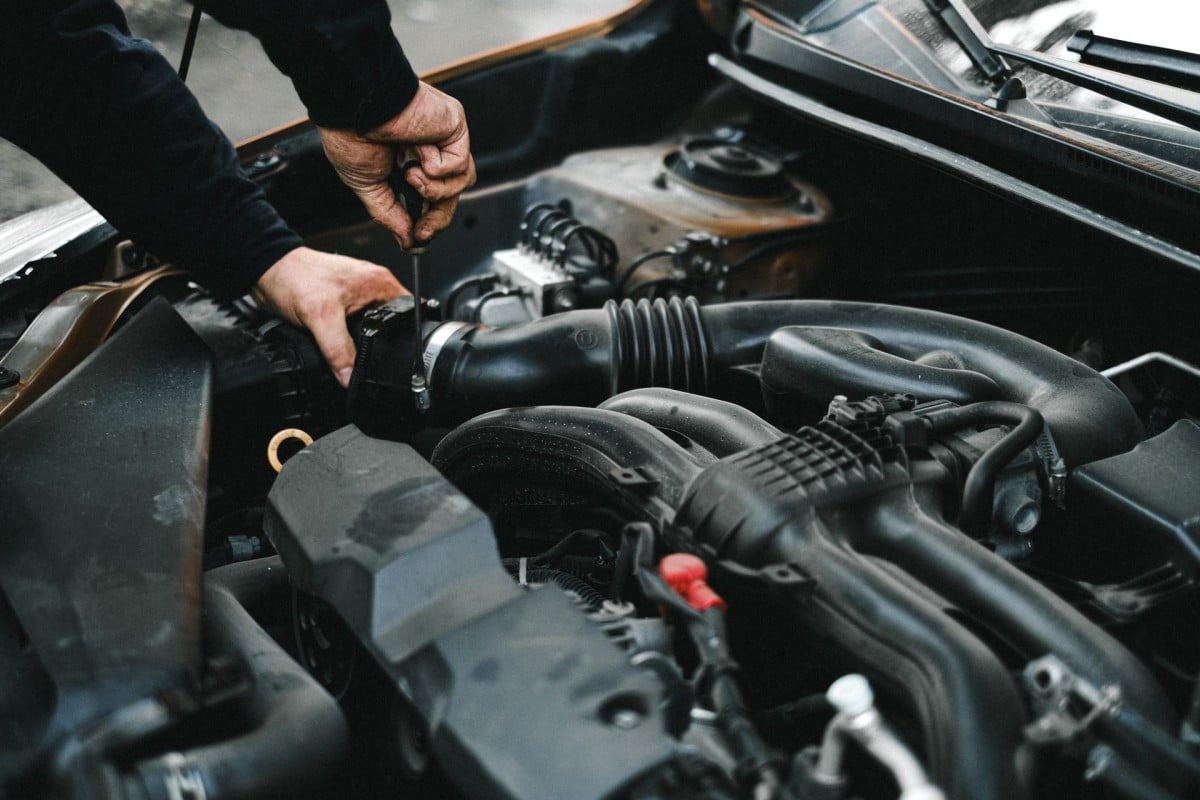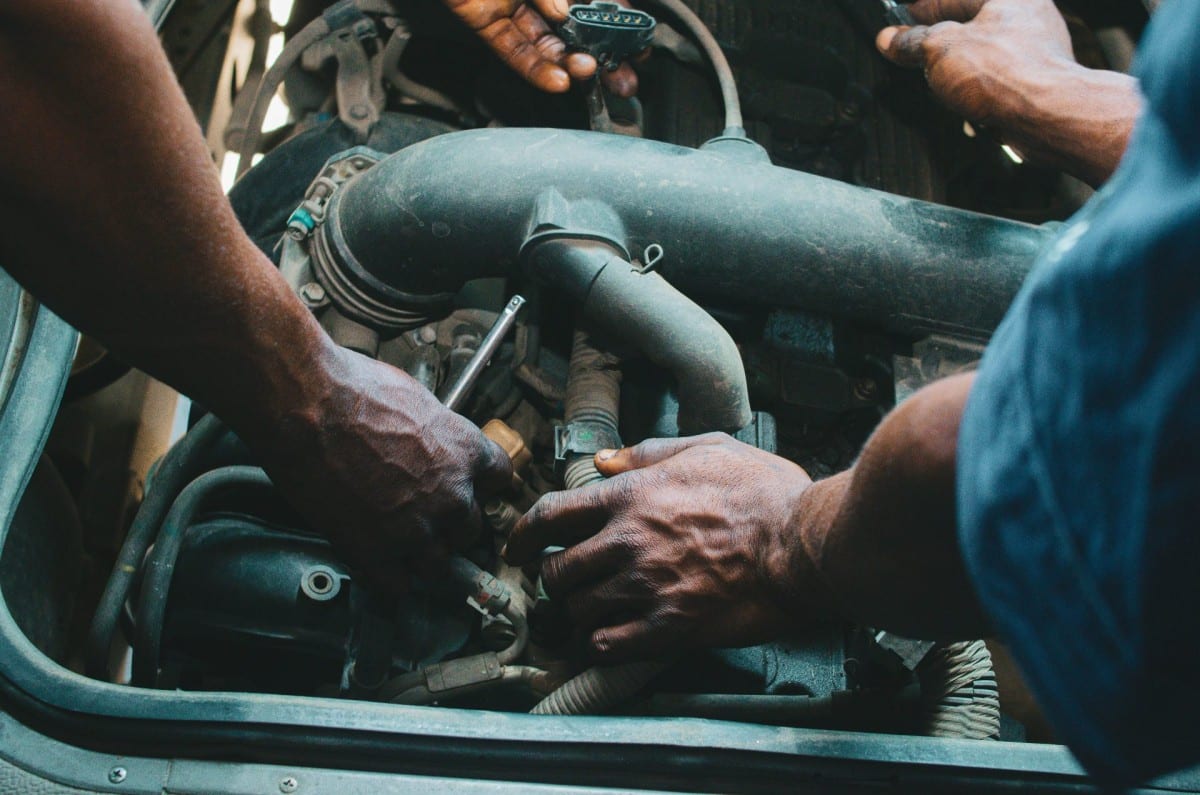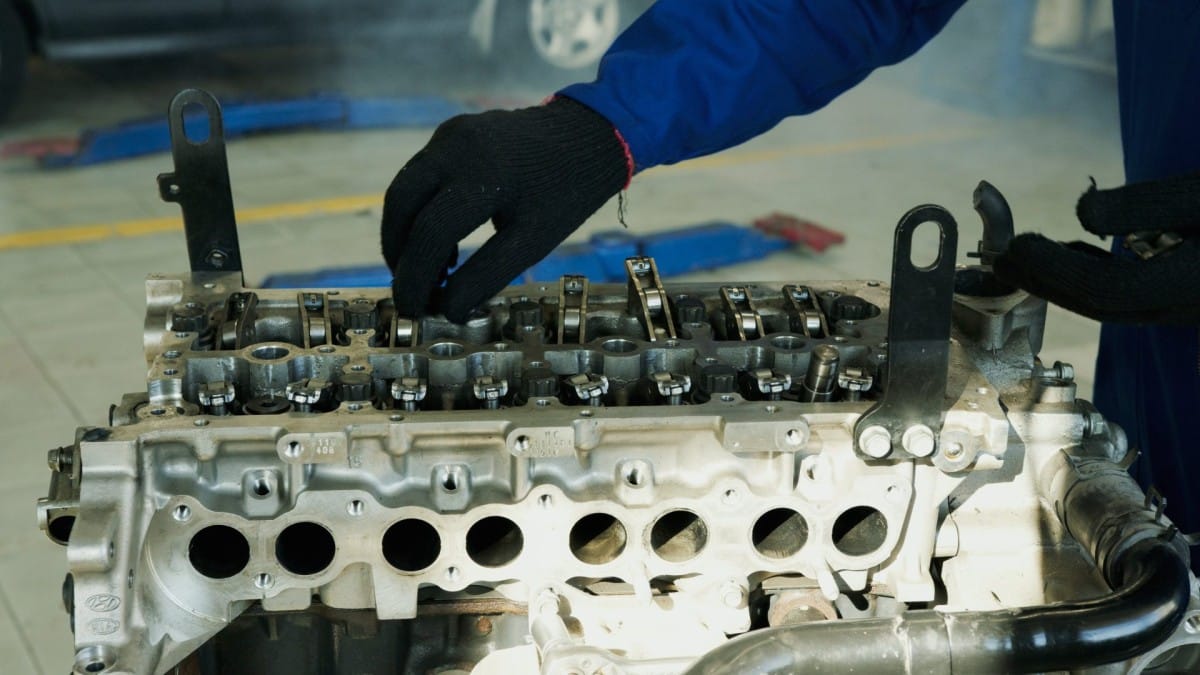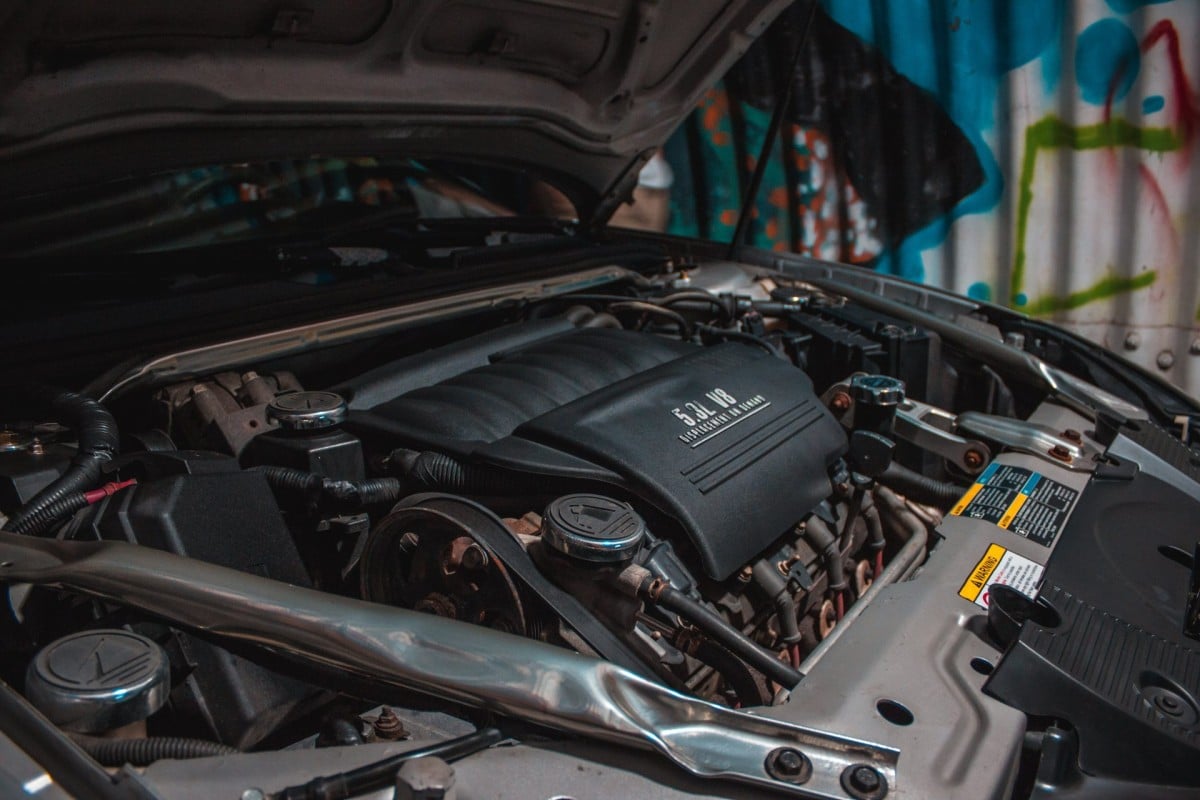Imagine you're going for a leisurely drive in the beautiful Sonoma County, with your favorite tunes playing, when suddenly your car grinds to a halt. You pop the hood and see a shredded rubber belt. Uh-oh! Most people don't realize how important drive belts are until something goes wrong. These unassuming strips of rubber are critical components of your vehicle's engine, powering systems like the alternator, air conditioning, power steering, and more.
The Various Types of Drive Belts
Serpentine Belts: Also known as accessory drive belts, these are single, continuous belts that power multiple devices in your engine. Modern cars usually have serpentine belts, and they're easy to identify because they wind around several pulleys.
V-Belts: Also known as fan belts, these are used in older cars. They are multiple belts that each power a single device.
Timing Belts: These synchronize the rotation of the crankshaft and camshaft, ensuring your engine's valves open and close at the correct times. Not all cars use timing belts – some use timing chains instead.
Knowing When to Replace Your Drive Belts
Drive belts are durable, but like all parts, they wear out over time. It's important to know the signs of a worn-out belt to avoid being stranded on the side of the road. Here are some signs to look out for:
1. Squealing or chirping noises: This could be a sign that your drive belt is loose or worn out.
2. Cracks and wear: Over time, the rubber can become brittle and crack. If you see visible signs of wear, it's time for a replacement.
3. Power loss: If your power steering or air conditioning stops working, the drive belt could be to blame.
4. Engine overheating: If the drive belt isn't functioning properly, the water pump won't work, leading to engine overheating.
Drive Belt Replacement
Drive belt replacement isn't something to procrastinate on. If a belt snaps while you're driving, you could be stranded or even damage your engine. It's recommended to replace your serpentine belt every 60,000 to 100,000 miles, and your timing belt every 60,000 to 90,000 miles. However, always follow your manufacturer's guidelines.
Now, replacing a drive belt isn't a simple DIY job. It requires expert knowledge and precise tools. That's where our skilled team comes in. At Sartorial Auto Repairs, we have the expertise to replace your drive belt efficiently and safely.
Conclusion
Drive belts might not be the most glamorous part of your car, but they're certainly one of the most important. Regular inspections and timely replacement can save you from a lot of headaches and costly repairs down the road. If you're in Santa Rosa, Cotati, or anywhere in Sonoma County, our team at Sartorial Auto Repairs is here to help. Drive with confidence. Give us a call to schedule your drive belt check-up today.


